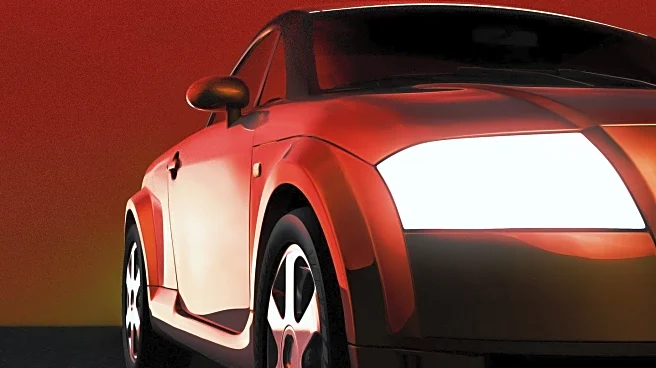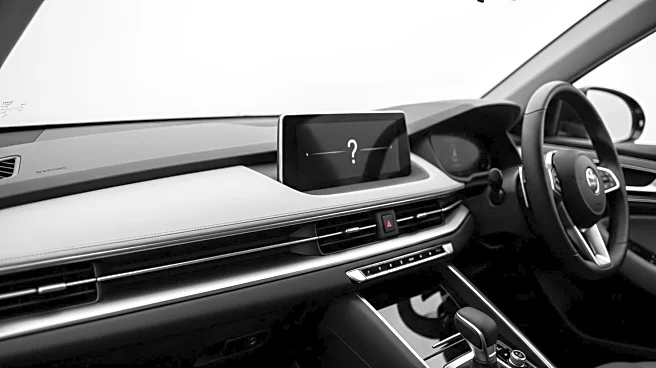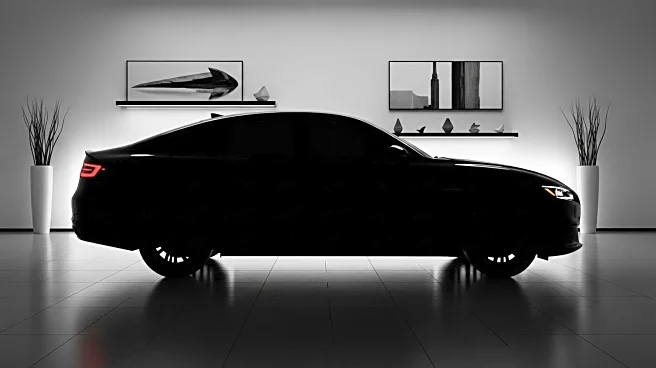What's Happening?
T-top roofs, once a popular feature in cars, have become a part of automotive history. These roofs, featuring two removable panels, were introduced in the late 1960s and offered a compromise between hardtops and convertibles. Various manufacturers, including General Motors, embraced the T-top design, with models like the C3 Corvette and Pontiac Firebird. The T-top was discontinued in 2002, marking the end of an era for this unique design feature. The article explores the history and impact of T-tops in the automotive industry.
Why It's Important?
The discontinuation of T-tops reflects broader trends in automotive design, where safety and practicality have become priorities over stylistic features. The T-top's popularity in the past highlights consumer interest in innovative designs that offer a unique driving experience. Understanding the history of T-tops provides insight into the evolution of car design and the factors that influence consumer preferences. This knowledge can inform future design decisions and marketing strategies in the automotive industry.
Beyond the Headlines
The T-top's legacy in automotive design underscores the importance of balancing aesthetics with functionality. As car manufacturers continue to innovate, the lessons learned from the T-top era may guide the development of new features that enhance both the driving experience and vehicle safety. Additionally, the nostalgia associated with T-tops may inspire retro design elements in future models, appealing to consumers seeking a blend of classic and modern styles.











